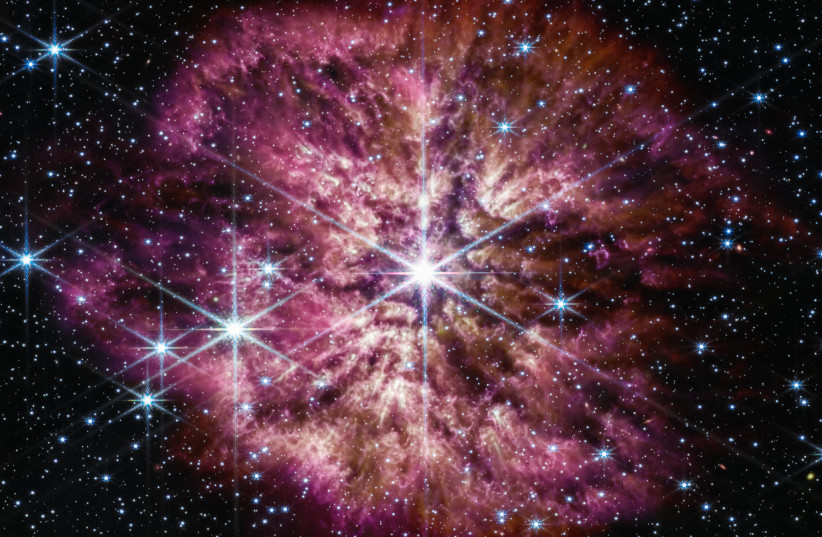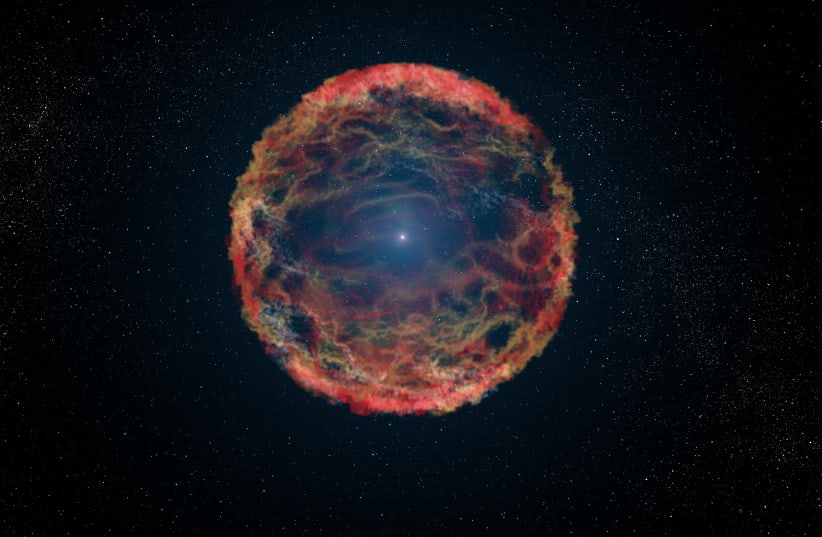Supernovae, the cosmic explosions that can outshine entire galaxies, have captivated humanity for centuries. However, the prevalence of hydrogen-poor supernovae has remained a puzzling enigma for astrophysicists. Now, a groundbreaking study led by Assistant Professor Ylva Götberg at the Institute of Science and Technology Austria (ISTA) has successfully identified the missing precursor star population, shedding light on this astronomical mystery. The study, published in Science, is a culmination of collaborative efforts stemming from a conversation between Götberg and Maria Drout during their early years as junior scientists.
While most stars undergo a natural life cycle, some culminate in explosive supernovae, releasing light, elements, energy, and radiation into space. Hydrogen-poor supernovae, resulting from exploding massive stars, have confounded scientists due to the elusive nature of their precursor stars. Götberg, alongside Maria Drout, combined theoretical modeling and observational expertise to unravel this mystery. Their findings introduce a previously undocumented star population formed through binary interactions, providing essential insights into the origins of hydrogen-poor supernovae.
Binary stars, interlocked in a gravitational dance, play a crucial role in this celestial narrative. The study focuses on massive binary systems, where the more massive star loses its hydrogen-rich envelope through interaction with its companion. This process results in an exposed helium core, ultimately giving rise to the type of stars sought by Götberg and Drout. The researchers identified a population of 25 stars consistent with the expected characteristics of intermediate-mass helium stars, providing a crucial bridge in understanding the genesis of hydrogen-poor supernovae.

Before this study, only one star, known as "Quasi-WR" (Almost Wolf-Rayet), met the criteria for precursor stars. Götberg and Drout's investigation, utilizing UV photometry and optical spectroscopy, expanded this select group to include 25 stars. These stars, located in the Large and Small Magellanic Clouds, exhibit unique spectral signatures of ionized helium, confirming their identity as stripped helium stars—a pivotal breakthrough in astrophysical research.
Professor Götberg emphasizes the significance of their work: "Our work may be one of the first attempts, but there should be other ways possible." The identification of this missing star population not only contributes to solving the mystery of hydrogen-poor supernovae but also opens avenues for future research aimed at further understanding the complexities of our universe.
The collaborative journey from graduate students discussing ideas at a conference to becoming group leaders underscores the enduring impact of scientific curiosity. Götberg, who recently joined ISTA, leads her own group focused on studying the binary interactions of stars, adding a new chapter to the ongoing exploration of the cosmos.
This groundbreaking research, a collaboration between Maria R. Drout and Ylva Götberg, was conducted in partnership with The Observatories of the Carnegie Institution for Science and the Max Planck Institute for Astrophysics, among other institutions.
